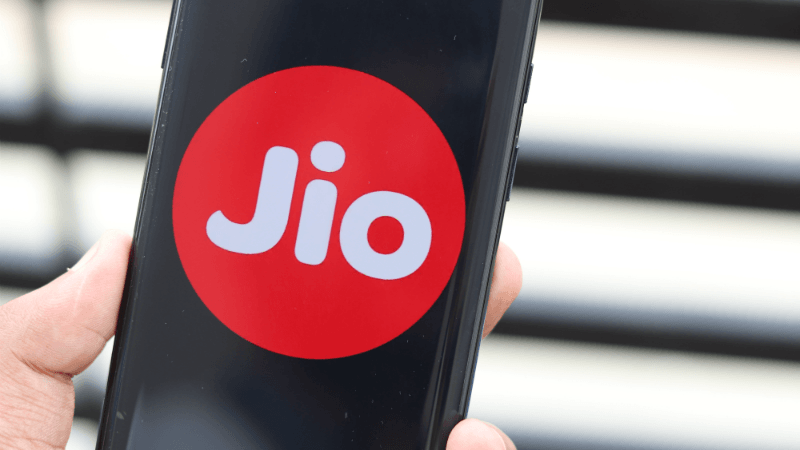Reliance Jio ARPU Declining at the Rate of 3% Per Quarter CLSA, which is a wealth management firm based out of Hong Kong, remarked on Tuesday, “ARPU trends were also divergent with Reliance Jio seeing 3% quarter-on-quarter (QoQ) decline in Arpus versus 4-5% QoQ increase in Arpus reported by Vodafone Idea and Bharti Airtel.” The firm also highlighted that with negligible subscriber churn, the Sunil Bharti Mittal led telecom operator, Bharti Airtel was able to achieve the maximum ARPU of Rs 129 in the telecom industry. On the other hand, Mukesh Ambani led telco, Reliance Jio stays ahead of others in terms of subscriber base and revenue numbers. To recall, highlighted by the quarterly financial reports, it was noted this year that Reliance Jio, for the first time, crossed the operational revenue of the former telecom market leader, Vodafone Idea. In the quarter ending June, while Vodafone Idea posted operating revenue of 11,269.9 crores, Reliance Jio surpassed it by posting Rs 11,679 crore as it operating revenue. CLSA’s new report on the industry also highlighted that the revenue market share (RMS) of Reliance Jio stands at 32%, followed by Bharti Airtel’s 31%, and Vodafone Idea’s 29%. Bharti Airtel and Reliance Jio Get Window to Grow Revenues Further As per the findings of the firm, Vodafone Idea’s struggle remained as its less 4G network coverage with covering only 70% population. This was also the reason why the telecom operator struggled to maintain the market share and continues struggling even now. On the other hand, the other two telcos, Bharti Airtel and Reliance Jio have the buffer to grow their revenues further. Reliance Jio’s cause has been mainly helped by the sales of its feature phone, the JioPhone in this period. In the FY20, first quarter, the incumbent telecom operators saw revenue growth of 1%, while in the same period, Reliance Jio’s revenue grew by 5%. The rate of subscriber addition was also contradictory with Bharti Airtel adding 5 million data subscribers in the period and Vodafone Idea losing 3 million. CLSA also highlighted that data usage grew at an appreciable pace of 9-14% QoQ.
